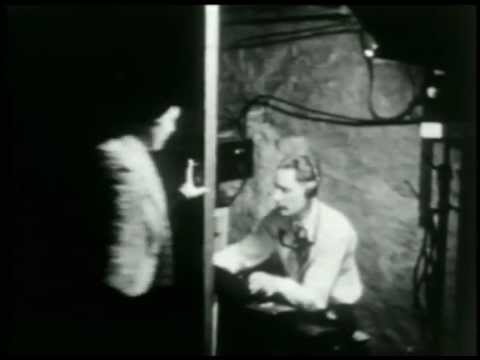https://youtu.be/o_ud44hNLUE By the time Norman Bel Geddes began work on a contentious adaptation of William Shakespeare’s Hamlet in 1931, he was considered an established theatrical designer and a pioneer of the New Stagecraft movement in America. Collaborating with literary advisor Clayton Hamilton, Bel Geddes abridged the play in order to… read more
The Miracle
In the Galleries: Norman Bel Geddes’s Costume Designs for "The Miracle"
Perhaps best known as the innovative designer of the Futurama exhibition in the General Motors pavilion at the 1939–1940 New York World’s Fair, Norman Bel Geddes was also a noted theater designer, fabricating costumes, sets, lighting, and theaters. After beginning his career in Los Angeles, Bel Geddes moved to New… read more


